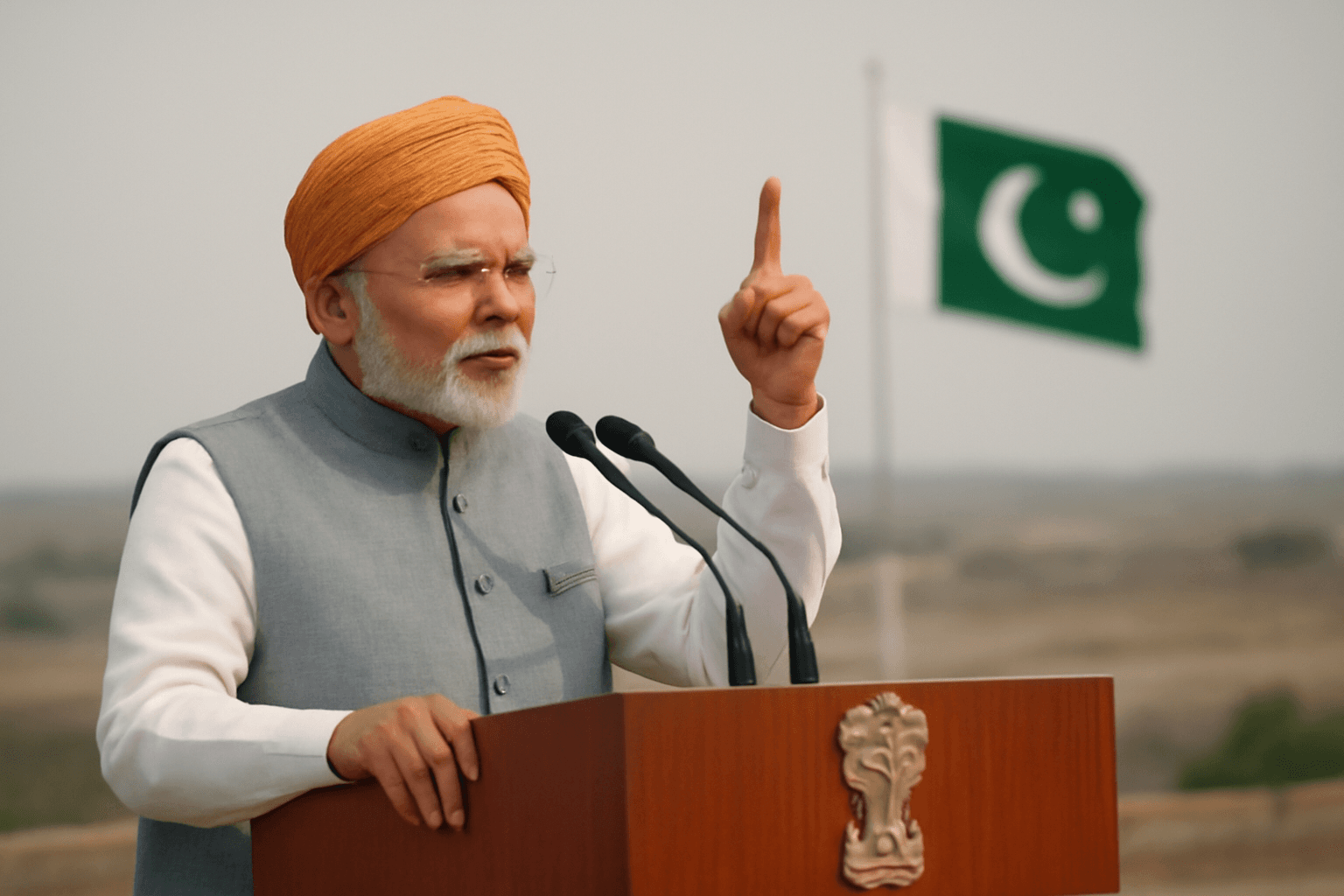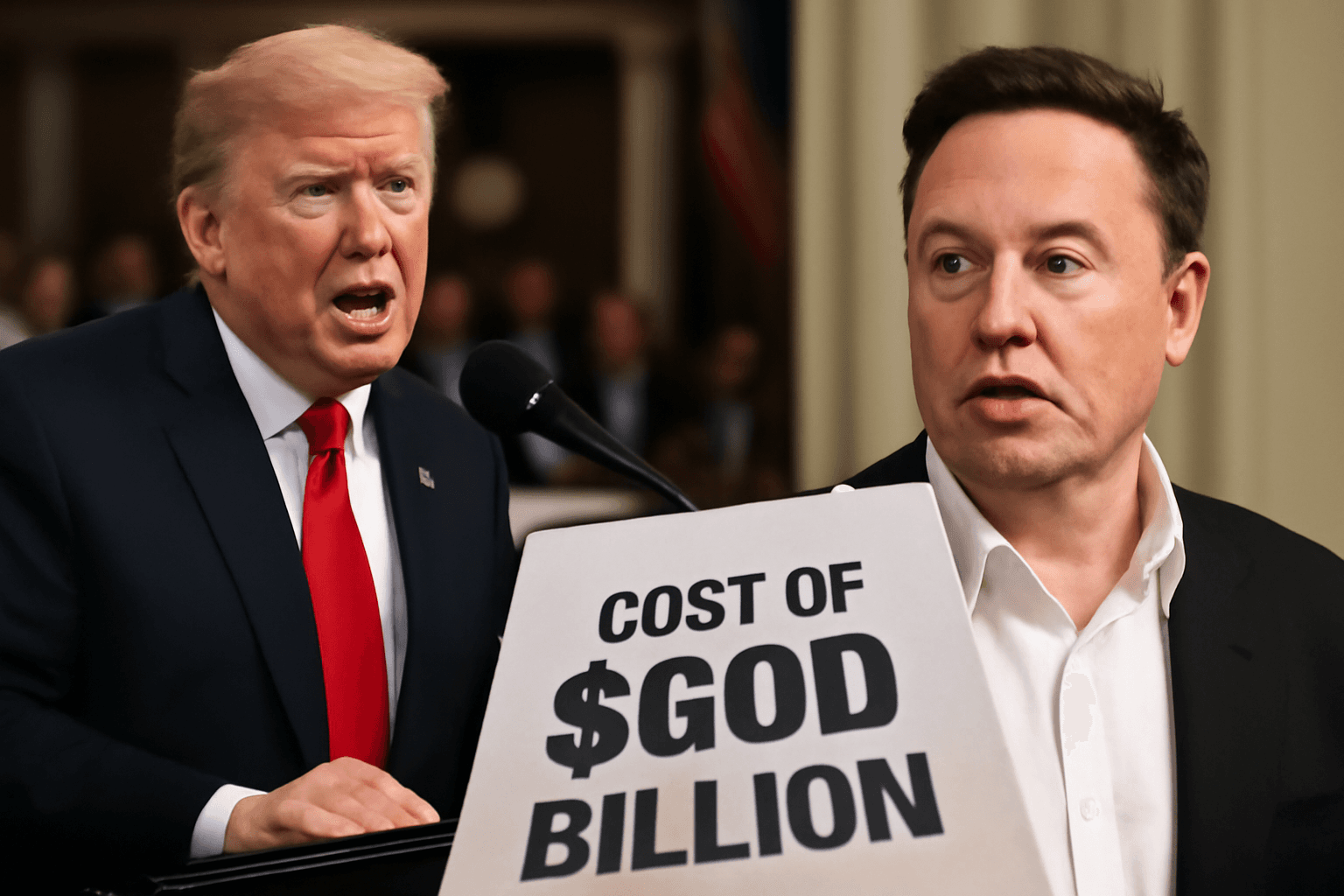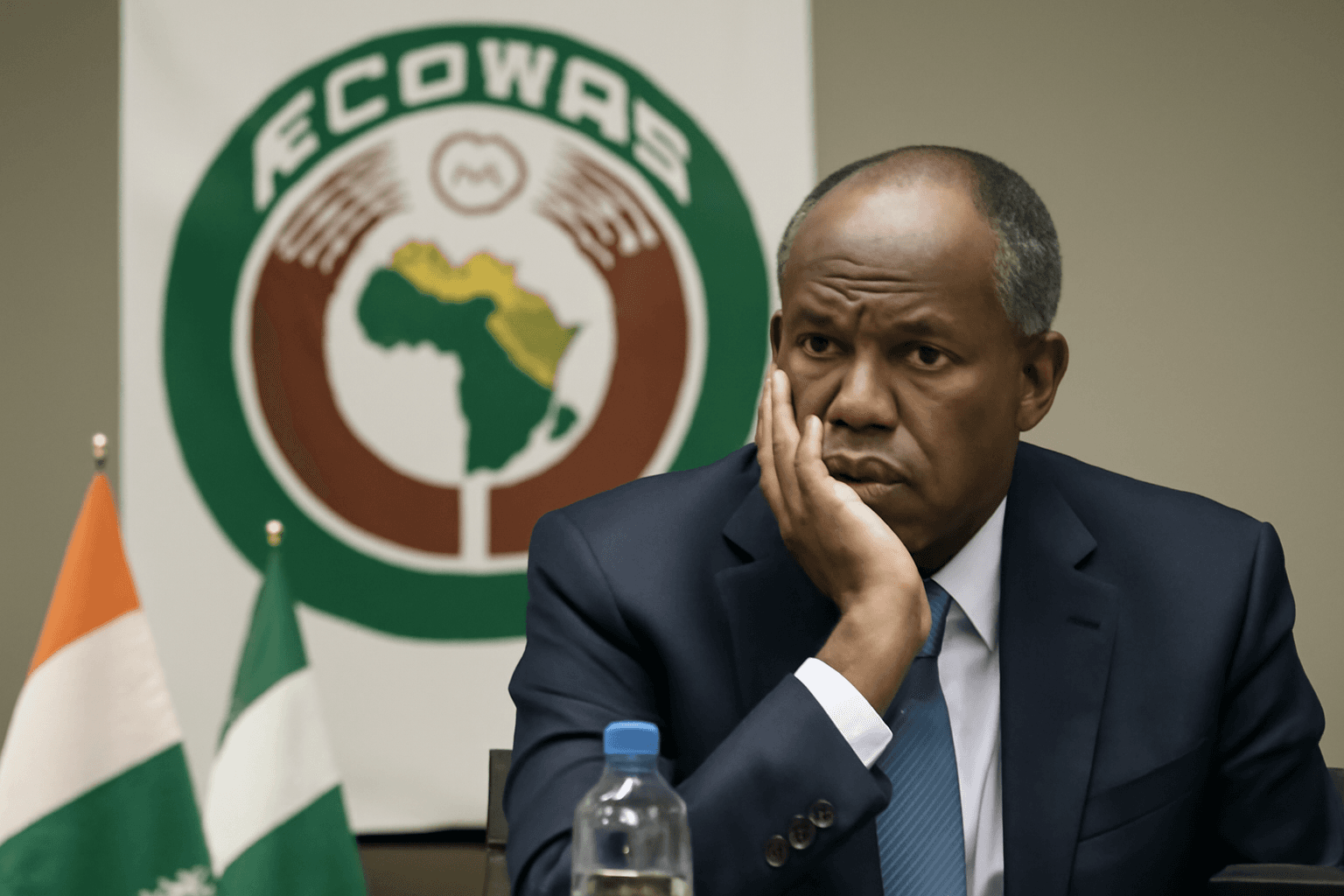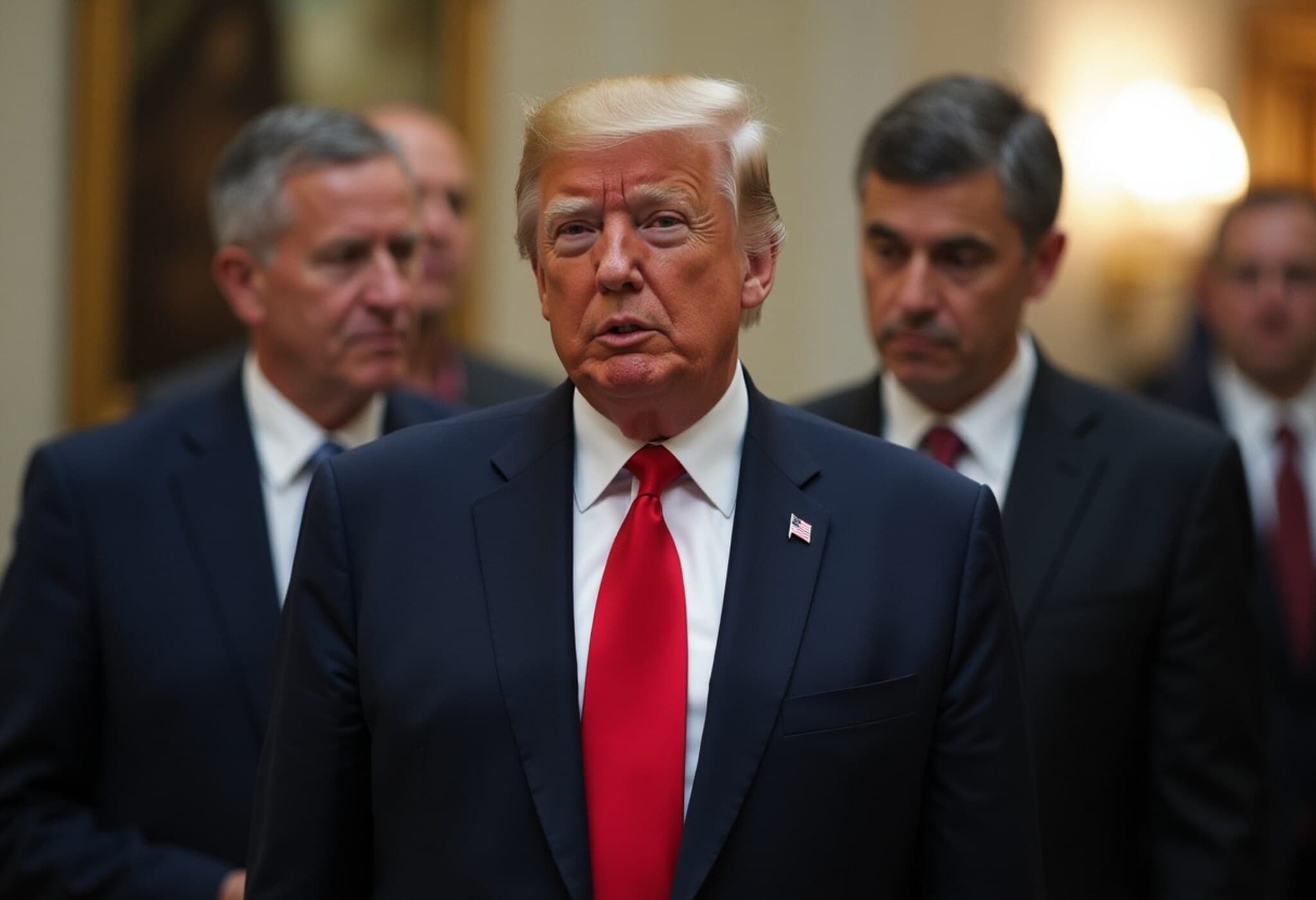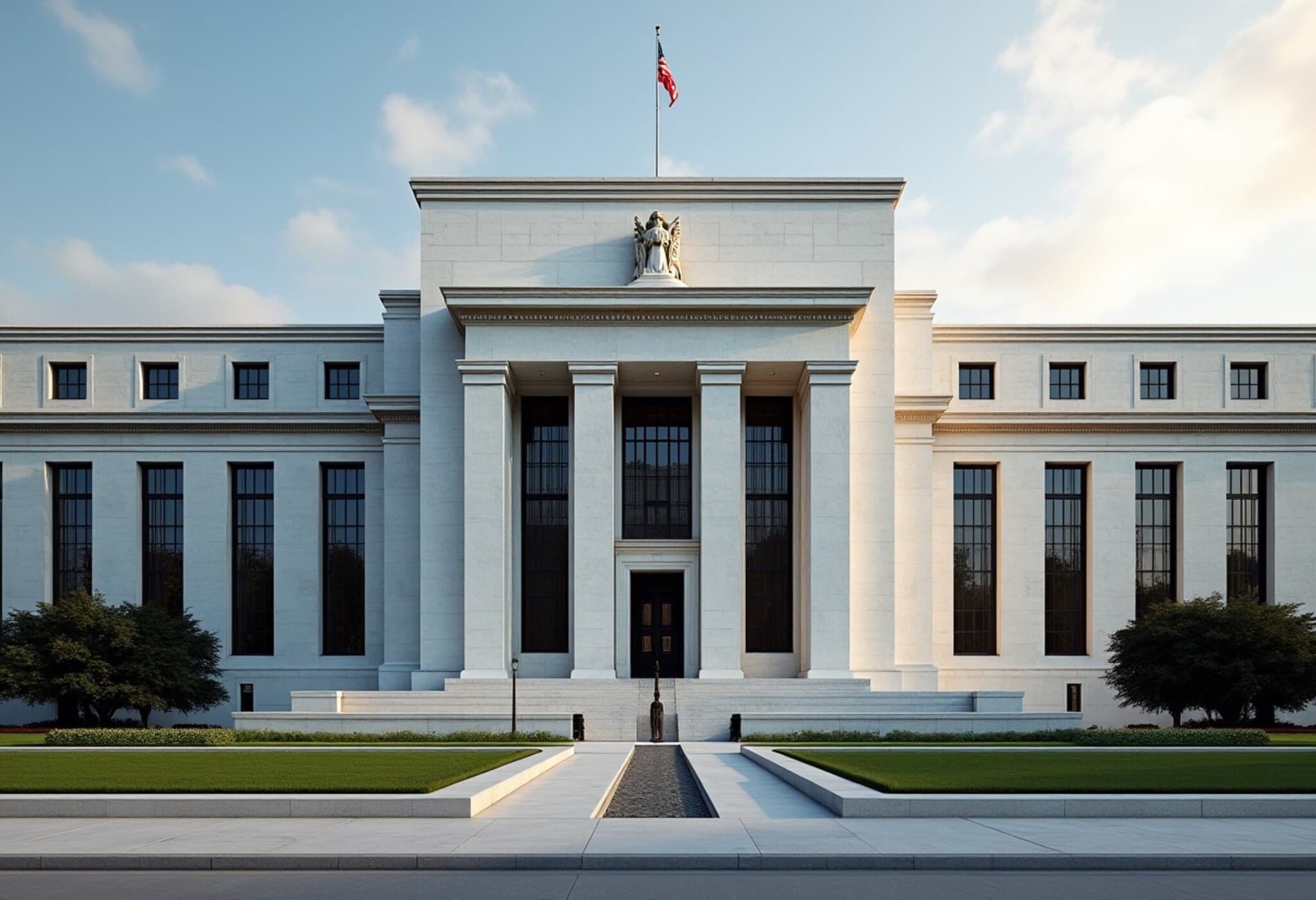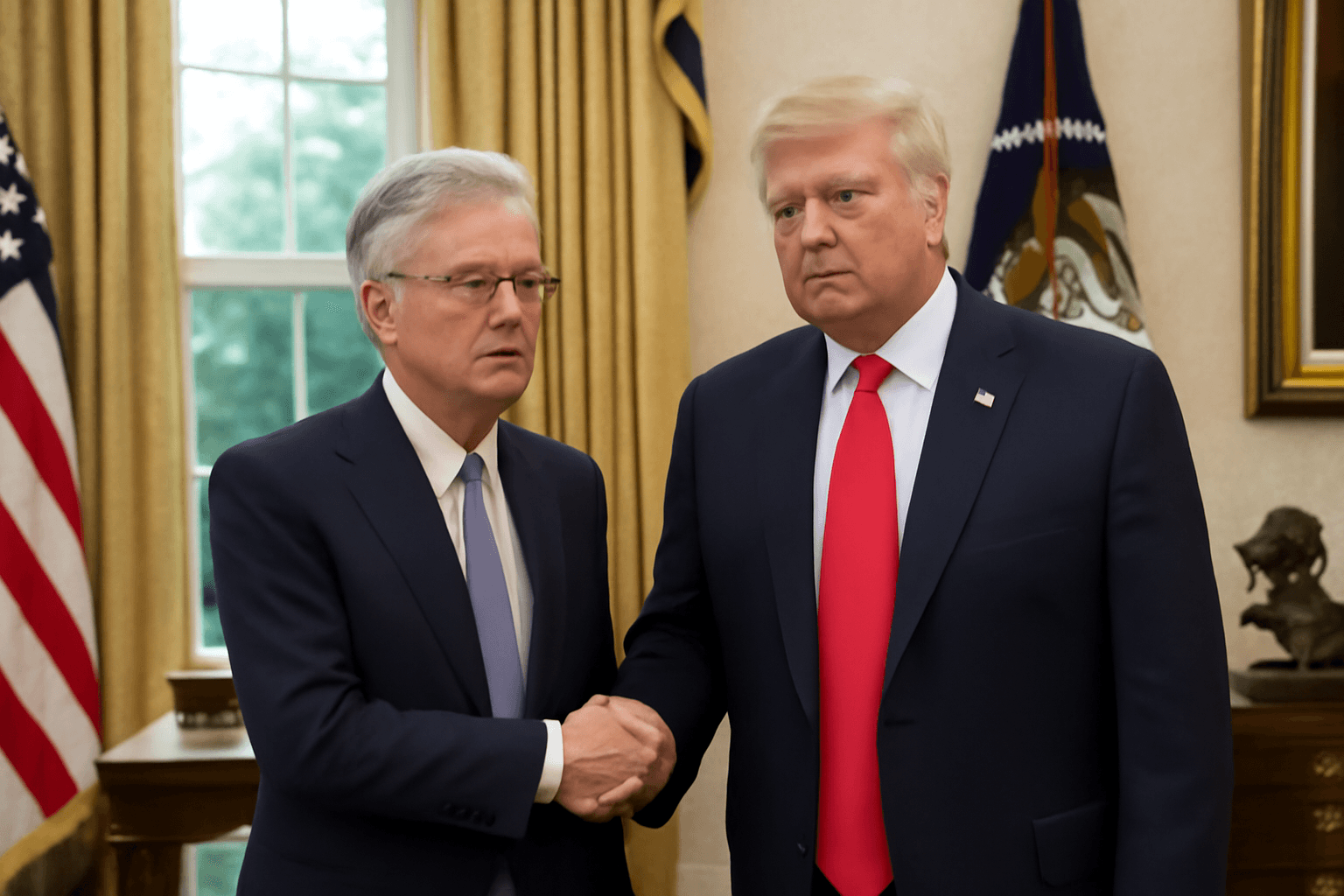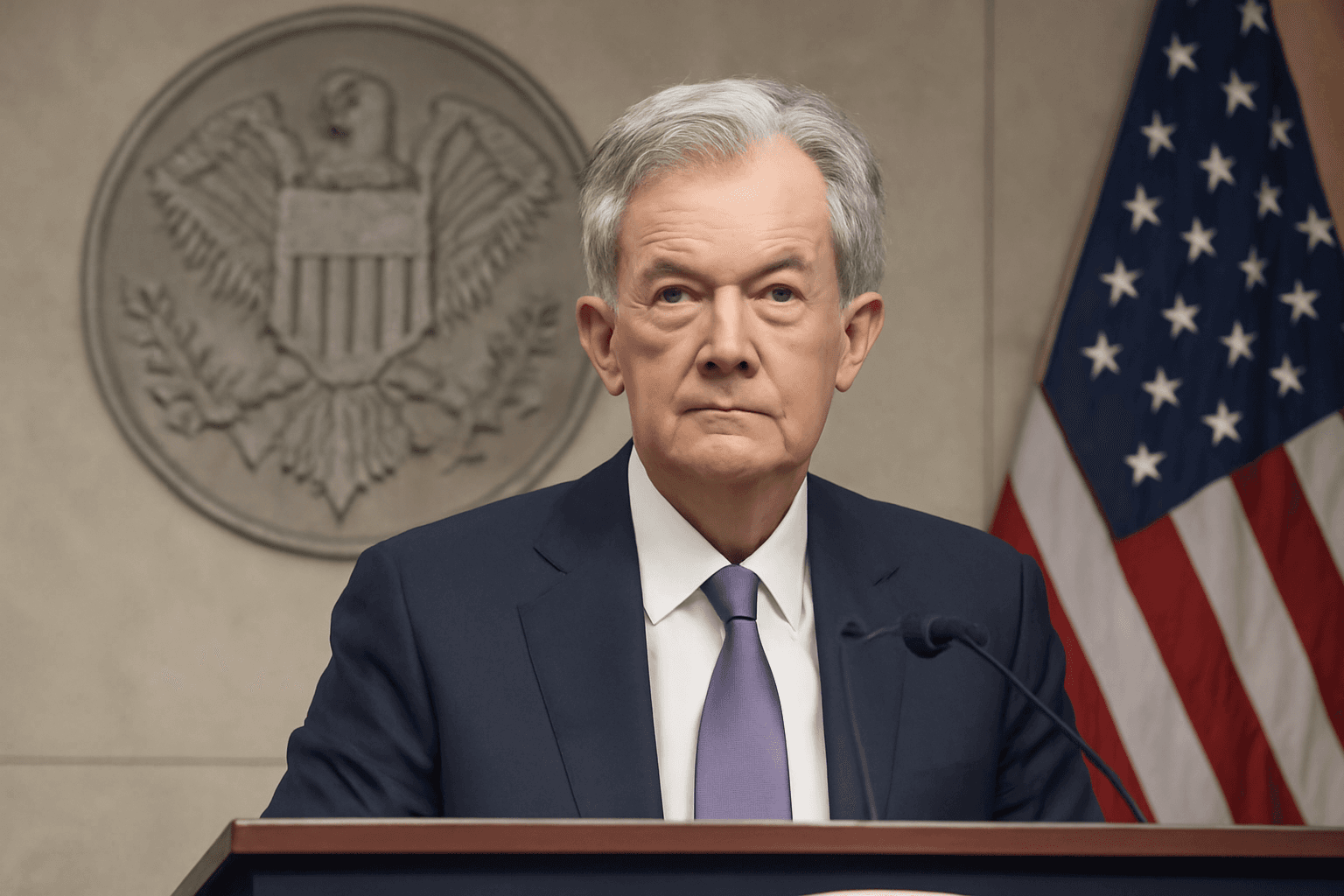Federal Reserve Takes Action Amid Controversy Over Building Expansion Costs
The Federal Reserve has initiated an internal review of its ongoing building expansion project, following sharp criticism from the White House and key administration officials over escalating costs and perceived management lapses. Fed Chair Jerome Powell personally requested the Office of Inspector General (OIG) to conduct the investigation, aiming to address concerns surrounding oversight and spending transparency on the $2.5 billion project.
Project Under Fire: Officials Cite Overspending and Lack of Oversight
Originally estimated at $2.5 billion, the Federal Reserve’s expansion of the Marriner S. Eccles building in Washington, D.C. has experienced significant cost overruns that drew public rebukes from President Joe Biden and members of his administration. Kevin Hassett, director of the National Economic Council, voiced strong criticism on CNBC, stating, "We've got a real problem of oversight and excess spending." Hassett remarked that the unchecked spending at the Fed, an institution designed to operate with a degree of independence, appears at odds with congressional intent and the Federal Reserve Act’s original framework.
Russell Vought, Director of the Office of Management and Budget, further escalated the rhetoric by comparing the project to the Palace of Versailles, accusing Powell of fiscal mismanagement during a recent interview. Despite the Fed’s independent status from traditional taxpayer funding and federal oversight by the OMB, the administration’s unease highlights broader concerns over accountability in large-scale government-affiliated infrastructure projects.
Balancing Necessity and Cost: The Fed's Detailed Response
In response to mounting criticism, the Federal Reserve published an extensive FAQ detailing the project’s objectives and challenges. The renovation aims to address crucial safety hazards by removing hazardous materials such as asbestos and lead, while bringing the century-old buildings up to modern safety and operational standards. The Fed notes that none of the campus’ major buildings have undergone comprehensive renovations since their original construction.
According to Fed officials, the expansion includes scaling back or eliminating certain features in response to rising construction costs. Collaboration with the National Capital Planning Commission has ensured compliance with city planning norms. The Fed also emphasized that, as a non-taxpayer-funded entity, it operates outside the Office of Management and Budget’s supervision.
Broader Implications: Governance, Transparency, and Future Fed Leadership
The scrutiny over the Fed’s building project extends beyond accounting figures—it touches on governance practices and the institution’s public image. Former Fed Governor Kevin Warsh described the renovation expenses as "outrageous," arguing that the episode signals a deeper drift from prudent stewardship within the central bank. Warsh’s comments also come amid speculation about his potential candidacy to succeed Powell as Fed Chair when his term ends in May 2026.
This controversy underlines the tension between maintaining the Federal Reserve’s independence and ensuring fiduciary responsibility, especially as the institution holds an outsized influence over the U.S. economy. It also raises critical questions for policymakers and citizens alike: How can the Fed balance operational autonomy with transparency? And what mechanisms can ensure that large projects remain efficient and accountable?
What’s Next?
- Inspector General Review: The OIG’s investigation will focus on identifying any instances of fraud, waste, or mismanagement tied to the building expansion.
- Political and Public Scrutiny: Expect continued debate from Congress and the public, particularly as infrastructure costs and government spending remain hot-button issues.
- Leadership Spotlight: The project’s fallout may influence the Fed’s leadership dynamics and policy priorities as Powell’s term nears its end.
Editor’s Note
This episode exposes the challenges inherent in balancing the Federal Reserve's independent status with the public's demand for accountability and fiscal prudence. As debates over government spending intensify in a precarious economic environment, the transparency and oversight of quasi-governmental institutions like the Fed warrant renewed scrutiny. The upcoming inspector general report will be a critical indicator of how effectively the Fed can manage both stewardship and autonomy.





